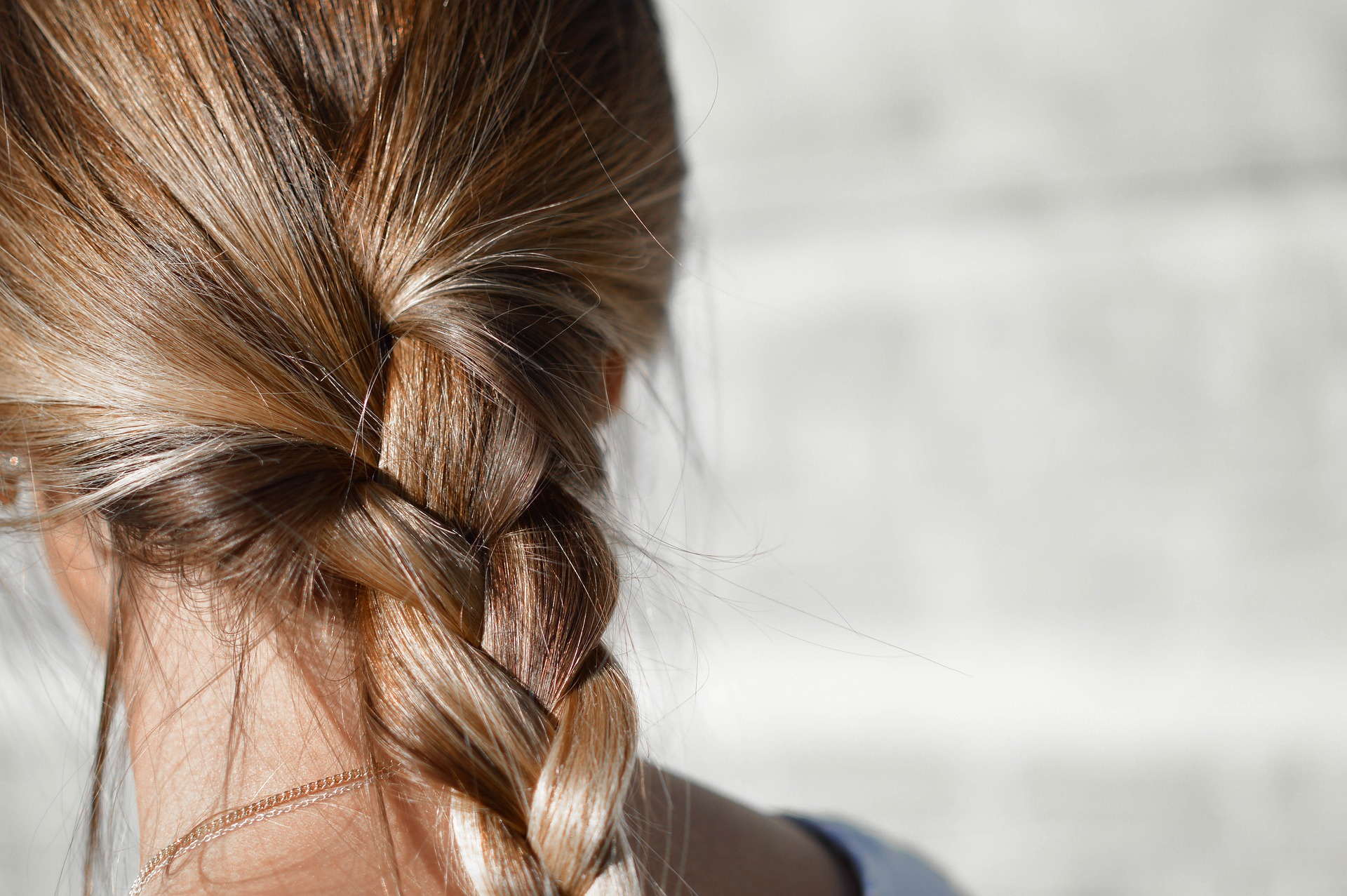It’s estimated that 5-10 million Americans are affected by trichotillomania (TTM), according to Massachusetts General Hospital Trichotillomania Clinic. While there are many more compulsive hair-pullers that don’t meet diagnostic criteria, the Anxiety & Depression Association of America (ADAA) notes that TTM appears as common as other serious psychiatric disorders (e.g. panic disorder). For those who are recovering from an addiction, pulling hair can be someone’s way to deal with the stress and anxiety that many experience during recovery. From the link between addiction and TTM to the complications involved, here’s how you can positively manage the condition with addiction recovery meetings.
Understanding trichotillomania
Healthline defines trichotillomania as “a mental disorder in which people feel an overwhelming need to pull out their own hair.” Healthline goes on to point out that TTM is sometimes related to certain mental health conditions, such as anxiety and depression, and while it may also start for other reasons, it is often cyclical. The symptoms of trichotillomania include pulling out hair repeatedly, breaking off pieces of hair, eating hair, and feeling relieved after pulling the hair out. Healthline goes on to note that common areas for hair pulling include the scalp, eyebrows, eyelashes, beards, and pubic hair.
According to the Cleveland Clinic, trichotillomania falls under the classification of obsessive-compulsive disorder (OCD). Regarding the link between addiction and trichotillomania, The Recovery Village notes that the condition can be a symptom of substance use or an underlying psychiatric disorder. “Most commonly, mental health problems such as depression and anxiety co-occur with trichotillomania. Trichotillomania has also been linked to impulsive behavior and sensation seeking, which are both often present in substance use disorders,” notes The Recovery Village, which goes on to point out that trichotillomania itself has been considered a form of addiction as well. For those at addiction recovery centers trying to recover from an alcohol or drug addiction, stress and anxiety can be a prevalent part of the experience With that in mind, it’s important to point out that for many who experience trichotillomania, hair pulling can be someone’s way of dealing with stress/anxiety.
The complications of TTM
For many who develop trichotillomania, there are several complications that can have a negative impact on one’s life. According to the Mayo Clinic, this includes emotional distress, noting that many people with trichotillomania “report feeling shame, humiliation and embarrassment. They may experience low self-esteem, depression, anxiety, and alcohol or street drug use because of their condition.” The Mayo Clinic post goes on to highlight additional complications that can occur with TTM, including issues with social and work functioning due to embarrassment (which may lead people to avoid social activities or even job opportunities.
The Mayo Clinic further delves into the complications of trichotillomania, particularly when it comes to the physical health issues that can arise. “Constant hair pulling can cause scarring and other damage, including infections, to the skin on your scalp or the specific area where hair is pulled and can permanently affect hair growth.” For those who are eating the hair after pulling it out, a large, matted hairball can develop in the digestive tract — which can, over a period of years, can cause a series of symptoms such as weight loss, vomiting, intestinal obstruction, and even death, explains the Mayo Clinic.
Navigating trichotillomania in a positive way
According to The Recovery Village, the approach for treating trichotillomania depends on the cause of hair pulling, including underlying mental health conditions or substance use disorders. It’s further noted that there is a range of treatment strategies available, from medication to addiction recovery programs, behavioral strategies and developing new stress-management and coping strategies. The Cleveland Clinic notes that treating TTM “often involves therapy, medication or a combination of both.” For those who are experiencing trichotillomania during addiction recovery and the complications that can arise from it, it’s important to realize that there are several things that you can do yourself to help cope with the condition. For example, many people who experience trichotillomania may choose to style their hair differently to disguise bald patches, wear false eyelashes, or pencil in their eyebrows.
Wearing a wig is another option that can help boost confidence while healing during addiction recovery, too, and can help cover any bald spots while waiting for the hair to grow back. When it comes choosing the right wig, opting for one that matches your natural hair color and style can seem like the way to go. However, choosing to wear a wig can present a great opportunity for trying out something new, too, especially if you have darker hair and have always wanted to try a lighter color — without the coloring process, damage, and high maintenance involved.
Redirecting anxiety and the urge to pull
For those who get the urge to pick out hair during addiction recovery, it’s important to keep in mind that there are several productive ways to redirect that urge and the anxiety that may accompany it. The NHS offers several helpful tips for things that you can try yourself, including squeezing a stress ball, using a fidget toy, practicing deep breathing until the urge to pull hair goes away, or even coming up with a saying to repeat out loud until the urge passes — to highlight just a few. A Buzzfeed article offers additional tips for positively managing the urge to pull hair, including ideas such as using paint brushes for sensory purposes or for picking the bristles out, or taking up a hobby such as crocheting or knitting, which can help in giving you the same sensation as hair pulling.
For those who experience trichotillomania during addiction recovery, navigating the complications such as low self-esteem and embarrassment can be incredibly difficult — though it isn’t impossible. From therapy to addiction recovery center to redirecting your anxiety and urge to pull in positive ways, you can help minimize the negative impact of TTM as you heal.







1 Comment
Pingback: MAT Recovery- Transforming Drug Addiction Recovery